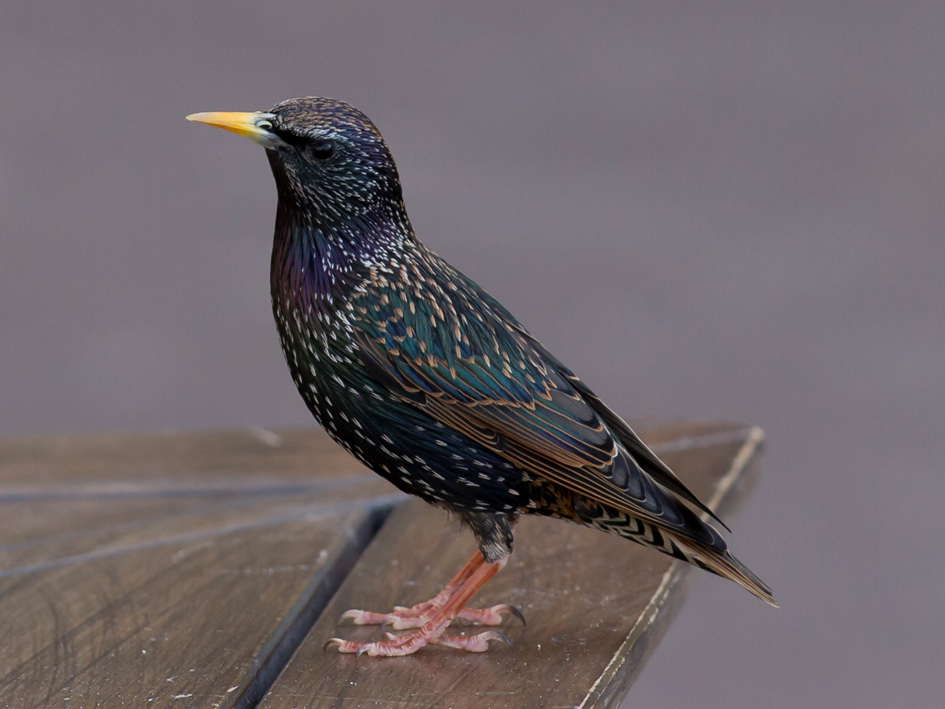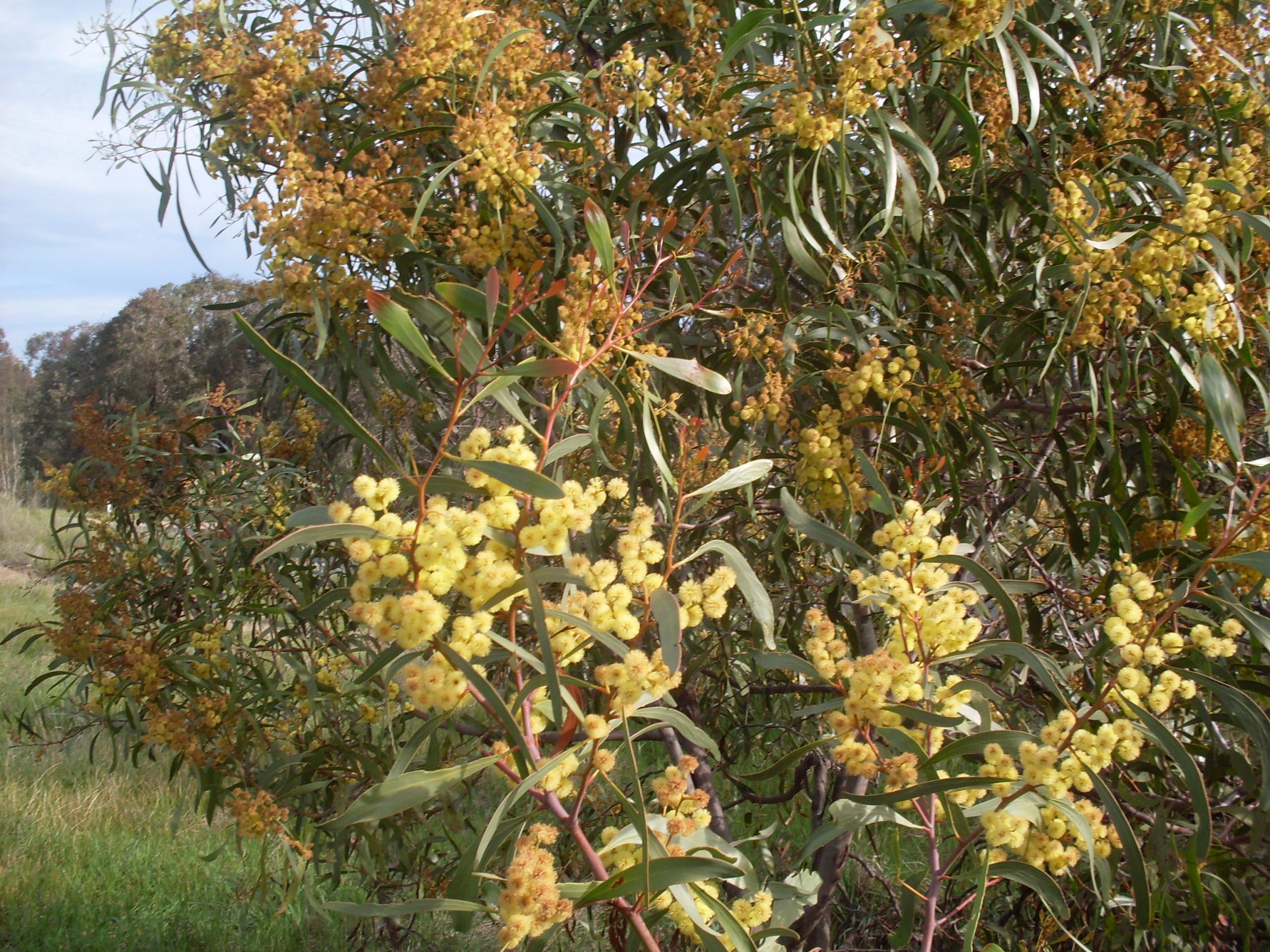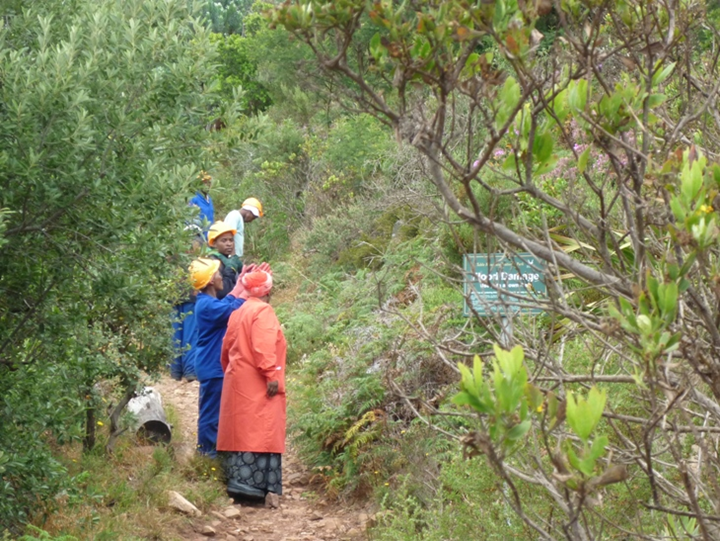Unlocking the bottleneck
Geographic range expansions by plants and animals have presented a number of puzzles to scientists. The first of these is known as Reid’s paradox: species ranges often expand much faster than expected from normally observed dispersal rates.




